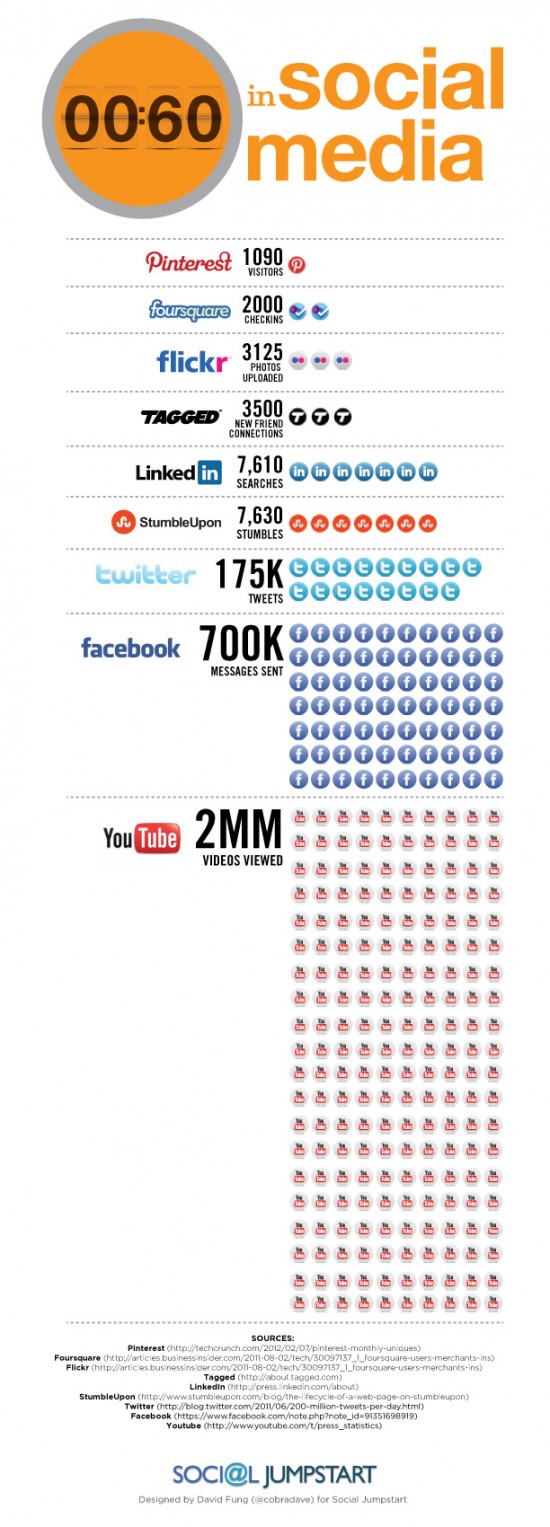Marketing
How to beat shrinkflation
Mar 18 2018
Shrinkflation, an unpopular term among consumers, is the process of items shrinking in size or quantity while their prices remain the same. Manufacturers engage in this practice to make money. Angelique Ruzicka has some tips on how to beat them at their own game
Manufacturers often want to increase their prices, but don’t want to do so in an obscene way that may lead to them being labelled “the bad guys”. But if they are facing margin pressure, they have to find solutions. So, what do they do instead?
They reduce the size or the number of portions while keeping the packaging the same.
Alternatively, they use less of the more expensive ingredients and puff up the product with cheaper contents.
This results in manufacturers paying less to produce an item while the consumer pays the same price or more.
The payoff is that the consumer does not notice this shrinkage as the […]


